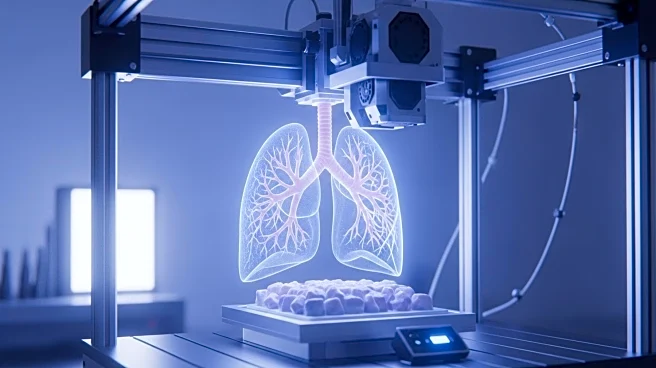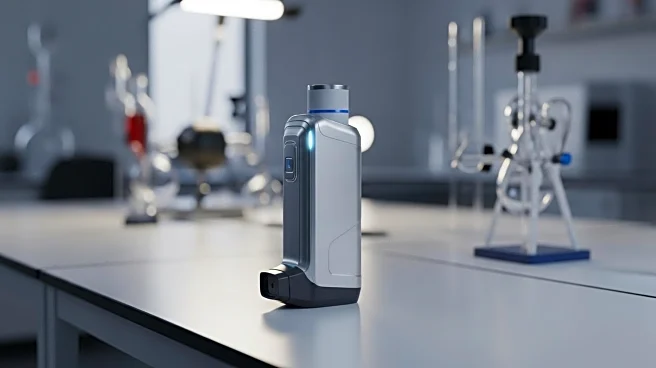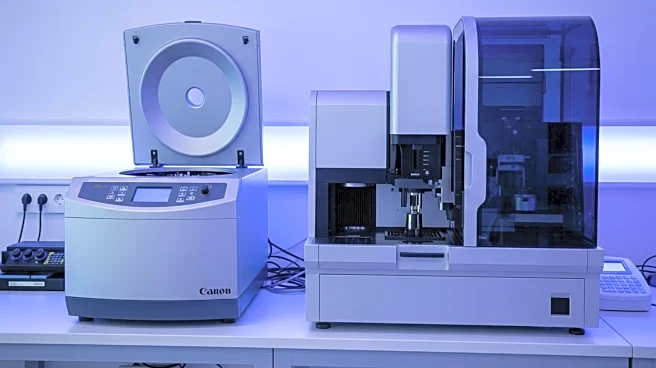What's Happening?
Scientists at the University of Saskatchewan have developed a 3D lung tissue model using living cells, which aims to improve the study and treatment of lung diseases such as tuberculosis, COVID-19, asthma, COPD, and pulmonary fibrosis. Traditional methods using 2D and animal models have limitations in accurately reflecting human lung behavior. The new model, created with 'bioinks' containing real living cells, offers a more realistic environment for testing therapies and understanding diseases. The research team, led by biomaterial scientist Nuraina Dahlan, is currently using the model to study various respiratory infections and plans to further explore its potential in personalized therapy development.
Why It's Important?
The development of 3D printed lungs with living cells represents a significant advancement in medical research, potentially increasing the success rate of new therapies by providing a more human-relevant model for testing. This innovation could lead to better understanding and treatment of lung diseases, offering a pathway to personalized medicine. The ability to study diseases in a model that mimics human lungs could transform how researchers approach drug and vaccine development, reducing the disconnect between human and animal responses. In the long term, this technology could pave the way for lab-grown lungs suitable for transplantation, addressing organ shortages and improving patient outcomes.
What's Next?
The research team plans to continue refining the 3D lung model to fully replicate the complex structure and function of human lungs. Over the next 5 to 10 years, they anticipate significant use of these models in understanding lung diseases and discovering novel therapeutics. The ultimate goal is to develop lab-grown lungs for transplantation, pending further studies. As the technology progresses, it could lead to transformational benefits for both researchers and patients, potentially revolutionizing the field of lung disease treatment and organ transplantation.
Beyond the Headlines
The ethical implications of using 3D printed lungs for research are noteworthy, as they offer a humane alternative to animal testing. This advancement also highlights the growing field of tissue engineering, which could extend beyond lungs to other organs, potentially reshaping the landscape of organ transplantation. The integration of living cells into 3D models may also spur developments in personalized medicine, allowing treatments to be tailored to individual patient needs, thereby improving efficacy and reducing side effects.










